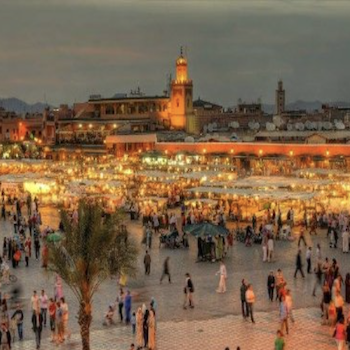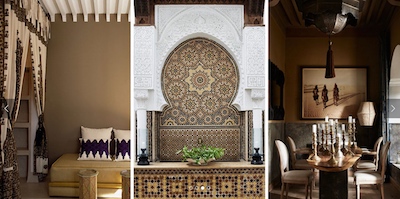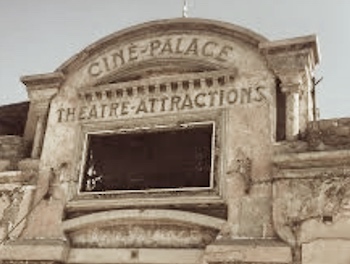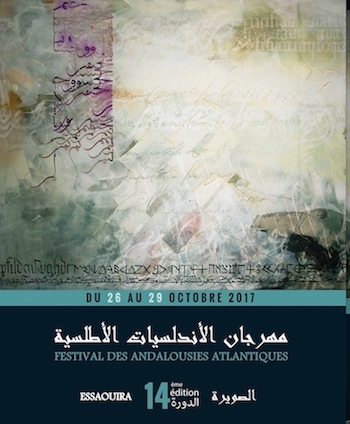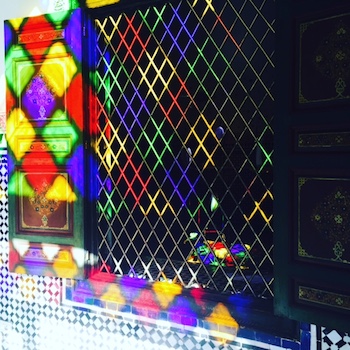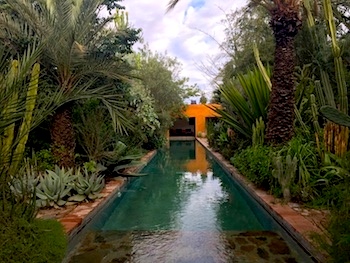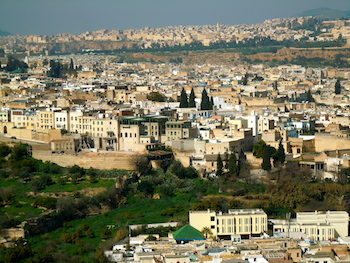Posts Tagged ‘Tours to Morocco’
Morocco stepped up during the COVID19 pandemic making it a success story and a top destination for travelers seeking a long-needed escape. The country offers fascinating Imperial cities with historic architecture, magnificent gardens, glorious houses of worship, scenic valleys and gorges along with a vast coastline that stretches across both…
Morocco is the ideal destination for a summer vacation if you are searching for a one-of-a-kind travel experience for the entire family. If you are the household trip planner, then you have the option of embarking on a Morocco Family Tour tailor-made to include exploration of various cities and region of…
Tangier, referred to as “The Bride of the North” has long been a romantic haven frequented by artists, beat poets and writers who arrived on North African shores from the 1920’s – 1960’s seeking an exotic adventure in this “international zone.” Tangier’s allure during the 20th Century was its liberal…
Moroccan Riads are the ideal place to stay when visiting Morocco. Tucked away from bustling city life, Riads serve as the perfect escape to read a book, enjoy a typical Moroccan meal, a sunset cocktail or simply decompress and take in the sights and…
A great way to discover the Moroccan city of Marrakech is through a Guided walking tour of its Art Deco Architecture in the new city of Gueliz. You can spend an afternoon gallery hopping, shopping at designer boutiques and eat your way…
Held yearly in October for the past 14 years, this year’s Andalusia-Atlantic festival is the 14th edition and takes place from Thursday October 26th – 29th, 2017 on the Coast of Morocco. The Atlantic Andalusia Festival highlights the Andalusian musical…
Must See, Top Rated Places and Palace in Marrakech offers the perfect Insiders Guide to travelers who are visiting Morocco on a Private Tour. Don’t miss out on some of Marrakech’s Best places that range for Palaces to ancient Mosques. Known for it’s magnificent palaces and old world decor designed…
For travelers interested in discovering Morocco’s Imperial Cities and the Great Desert region, Travel Exploration offers Morocco Expert Tours that custom designed with the perfect amount of luxury and authenticity. Our Morocco Expert Tours are offered on a private basis and tailored for couples, families and small groups. Travelers will…
Travel Exploration Morocco Private Tours has been awarded the Trip Advisor 2016 Certificate of Excellence. The Trip Advisor Certificate of Excellence Award is a testament to Travel Exploration’s High Standards and Service provided for Morocco Tours. The Trip Advisor Certificate of Excellence…
The city of Fes, Morocco is a historic landmark and must see for those interested in Moroccan Jewish Heritage. On a guided Jewish Heritage Tour of Fes the magnetic culture of Moroccan Jewery will be revealed through the eyes of a local…

